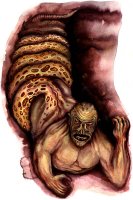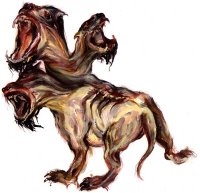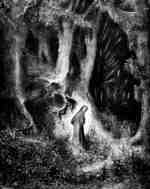
Schema: quiz
We will examine verbs to start today.
The purpose of today is to write. For once, you don’t analyze someone else’s work but create your own. These works will begin in class, but it is expected that they will also be edited, revised and lovingly sculpted outside of class. The works created in the workshop will be put into your electronic portfolio.
First task: create an electronic portfolio in your student folder.
Second task: think about an idea, emotion, event, person about whom/which you’d like to write. Write this as a sentence; for example, “I will write about my grandfather who had polio and used to walk with a terrible limp, yet never complained.”
Third task: write an English sonnet (about topic in task two)
Fourth task: write an Italian sonnet (about topic in task two)
You may allot time to revising your Dante essay – but no more than a ½ hour.
We will examine verbs to start today.
The purpose of today is to write. For once, you don’t analyze someone else’s work but create your own. These works will begin in class, but it is expected that they will also be edited, revised and lovingly sculpted outside of class. The works created in the workshop will be put into your electronic portfolio.
First task: create an electronic portfolio in your student folder.
Second task: think about an idea, emotion, event, person about whom/which you’d like to write. Write this as a sentence; for example, “I will write about my grandfather who had polio and used to walk with a terrible limp, yet never complained.”
Third task: write an English sonnet (about topic in task two)
Fourth task: write an Italian sonnet (about topic in task two)
You may allot time to revising your Dante essay – but no more than a ½ hour.











